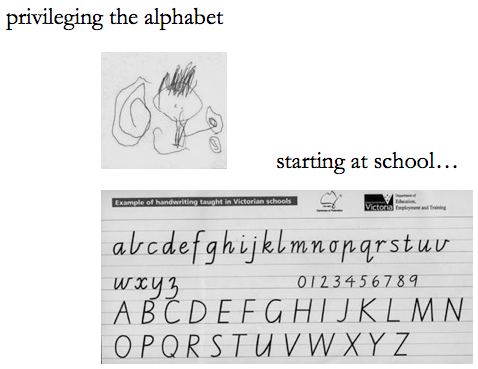
The first is the variability of meaning making in different cultural, social or domain-specific contexts. These differences are becoming ever more significant to our communications environment.
This means that it is no longer enough for literacy teaching to focus solely on the rules of standard forms of the national language. Rather, the business of communication and representation of meaning today increasingly requires that learners are able figure out differences in patterns of meaning from one context to another. These differences are the consequence of any number of factors such as culture, gender, life experience, subject matter, or social or subject domain. Every meaning exchange is cross-cultural to a certain degree.
The second aspect of language use today arises in part from the characteristics of the new information and communications media. Meaning is made in ways that are increasingly multimodal—in which written-linguistic modes of meaning interface with oral, visual, audio, gestural, tactile and spatial patterns of meaning.
This means that we need to extend the range of literacy pedagogy so that it does not unduly privilege alphabetical representations, but brings into the classroom multimodal representations, and particularly those typical of digital media. This makes literacy pedagogy all the more engaging for its manifest connections with today’s communications milieu. It also provides a powerful foundation for a pedagogy of synaesthesia, or mode switching.
